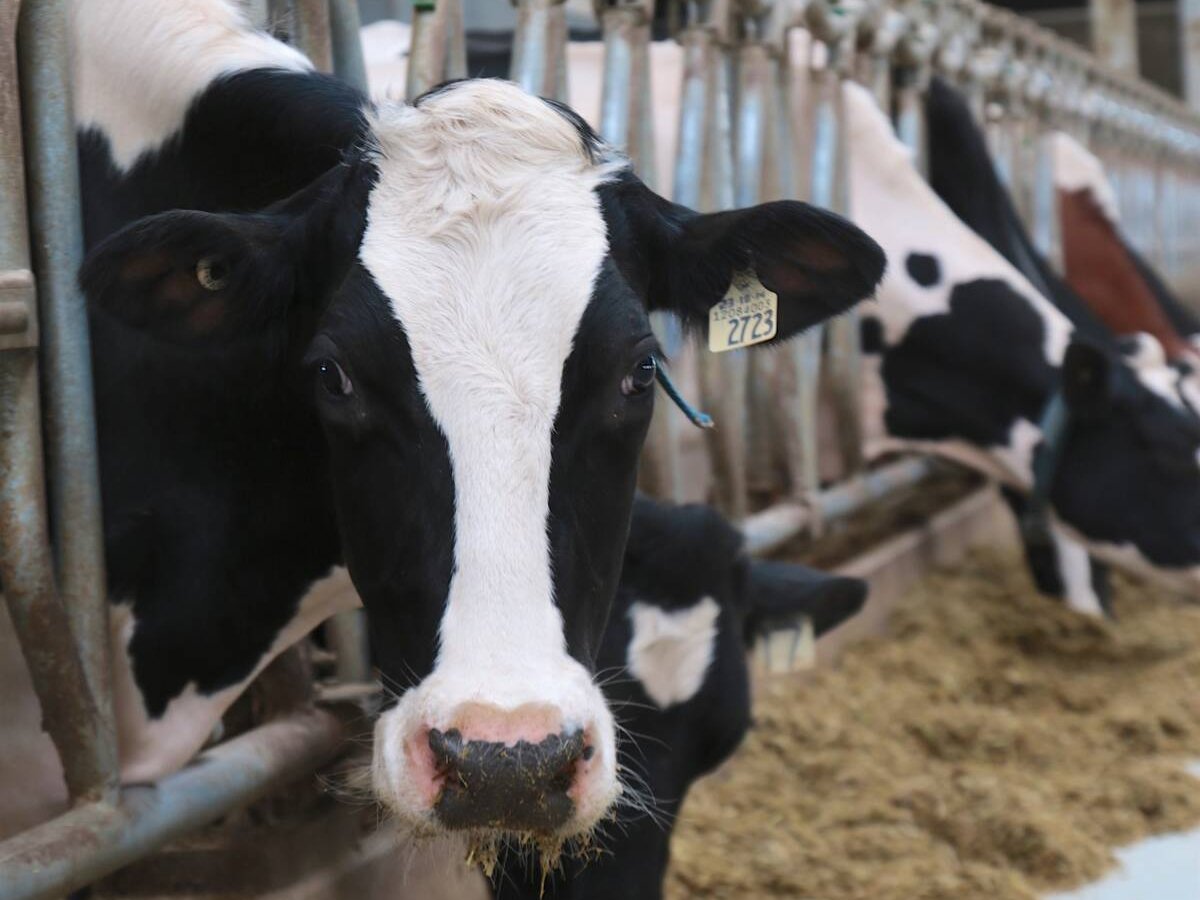Details on changes to Saskatchewan’s crop insurance program should arrive in producers’ mailboxes this week.
Saskatchewan agriculture minister Dwain Lingenfelter announced late last month that producer premiums have gone down and some parts of the program have been improved. He also extended the deadline for applications or cancellations from March 15 to March 31.
“The big improvement to the crop insurance program is that producers will now pay 10 percent of the basic cost coverage instead of 20 percent, so that’s a significant decrease in their producer payment,” Lingenfelter said.
Read Also

The Organization for Economic Co-operation and Development lauds Canada’s low farm subsidies, criticizes supply management
The Organization for Economic Co-operation and Development lauded Canada’s low farm subsidies, criticized supply management in its global survey of farm support programs.
Their cost to purchase buy-up coverage will go down to 40 from 50 percent of the premium. The federal and provincial governments will pick up the increased share.
In past years, producers have criticized lower premiums, saying that results in lower coverage as well. However, coverage is a function of price, not premium cost.
“SCIC cannot control the weather or fluctuating marketplace so producers are encouraged to look seriously at the entire crop insurance package,” said Cam Swan, executive manager of field operations at Saskatchewan Crop Insurance Corporation.
The package this year gives producers the choice of a fixed or variable price option. The latter gives them an opportunity to receive higher coverage levels if the price improves by June 30.
The price can only move up to a maximum of 125 percent of the fixed price, which is set by the federal agriculture department.
Premiums are based on the fixed price and would increase by the same percentage as the price increase.
“That of course will be an individual decision because premiums will go up,” said Saskatchewan Wheat Pool president Leroy Larsen. “It is an improvement to the program.”
Last year, Saskatchewan farmers paid about $180 million in premiums.
“The reduction will be about $18 million for farmers,” Lingenfelter said.
As well, crop insurance increased the unseeded acreage benefit from $25 to $50 per acre and lowered the deductible from 10 to five percent.
The establishment benefit has gone from a flat rate of $17 per acre to $25 for canola, $30 for pulse crops and $20 for cereals, flax, mustard and all other crops. The winterkill benefit for fall-seeded crops has also increased to $20 per acre.
Other changes include adding quality coverage to chickpea insurance and increasing the insurable area for sunflowers.
“All the major crops are now covered, but there are … a number of crops where we have less than 5,000 acres in total, saskatoons being one of them, we’re still looking at.”
About 75 percent of producers carried crop insurance last year and Lingenfelter expects similar or higher numbers this year. He said Ottawa’s decision to provide spring cash advances could affect crop insurance.
“It’s my understanding they will tie that to having crop insurance so you may get a bit of a bounce from that and it will be difficult to know, if there is an increase in customers, whether that’s a result of these changes or other things happening in the farm file,” he said.















